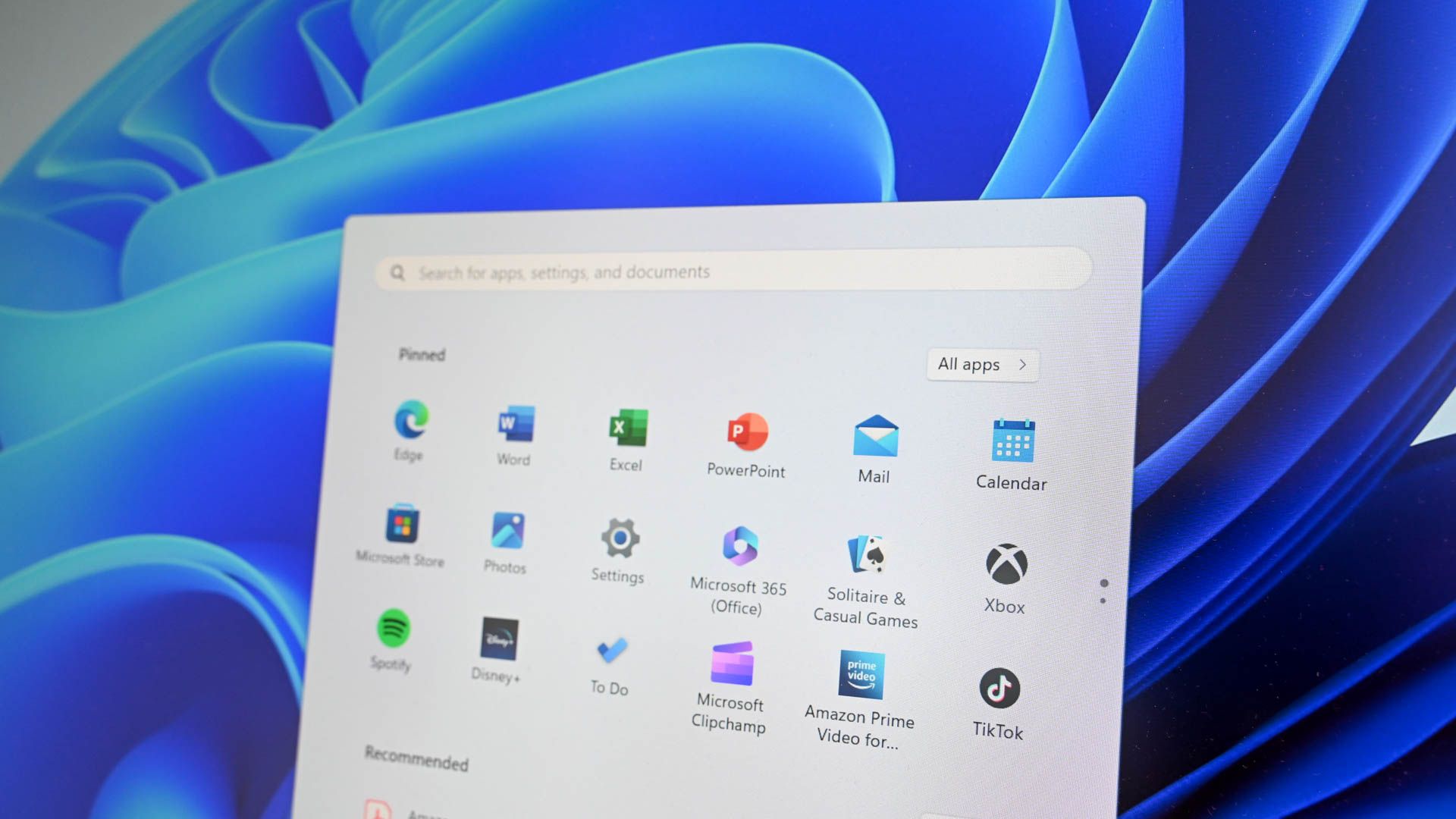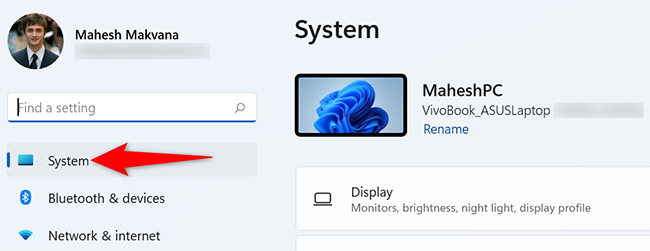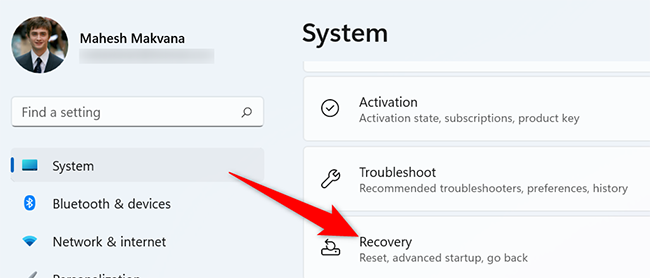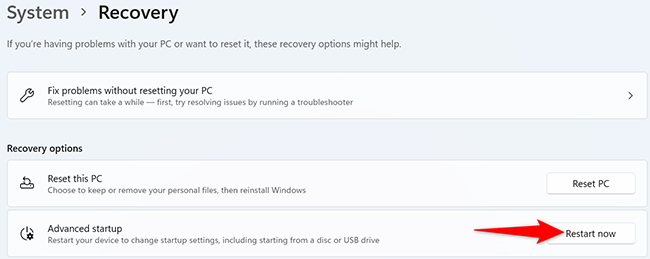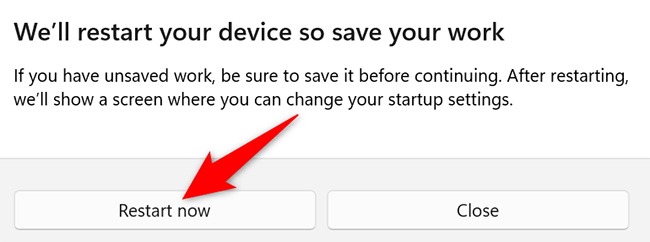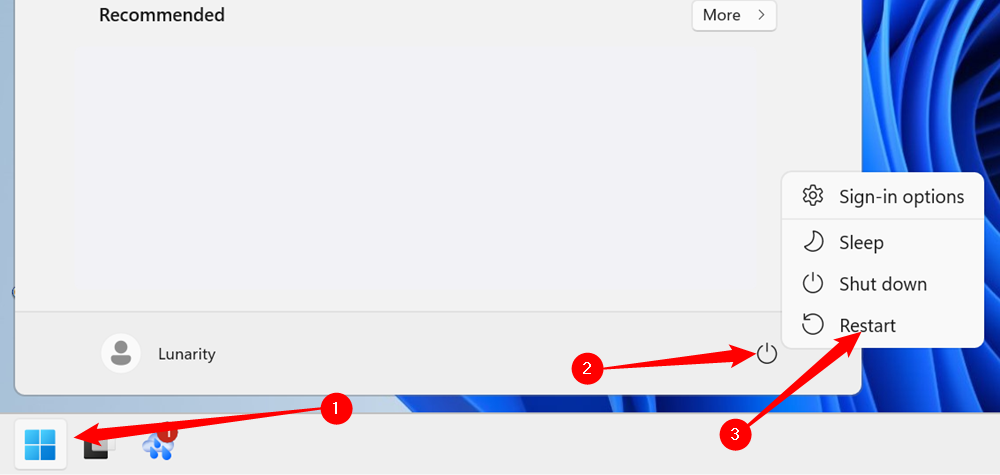Quick Links
Key Takeaways
- Easily enter the BIOS (UEFI) on your Windows 11 PC by pressing a key like F2 or Delete during startup or restart through the Recovery page in Settings.
- You can access the BIOS using Windows Terminal by typing a specific command in PowerShell or Command Prompt and navigating through the Troubleshoot menu in the "Choose an Option" screen.
- You can hold Shift and click "Restart" anywhere in Windows 11 to restart to the Advanced Boot Menu, then navigate to Troubleshoot > Advanced Options > UEFI Firmware Settings.
Accessing the BIOS on your Windows 11 PC can help you solve a variety of problems or allow you to adjust low-level settings. There are multiple ways you can enter BIOS, and we'll show you how to use all of them.
Enter Windows 11's BIOS by Pressing a Key
An easy way to enter BIOS on your Windows 11 PC is to use a key on your keyboard while powering on the computer. The advantage of this method is that you can use this even when your Windows OS doesn't load.
To use this method, you will have to find the key that lets you enter BIOS on your specific computer. This key varies by manufacturer. When you start up your computer, on the first splash screen that opens (usually showing the manufacturer's logo), you should see a message telling you which key you need to press to enter BIOS.
On most computers, this key is F2, but you should check on your computer's splash screen to confirm.
Enter the BIOS on Windows 11 From Settings
If you can't find the keyboard key to enter BIOS, or you prefer using graphical options, use Windows 11's Settings app to enter BIOS.
To do so, first, launch the Settings app on your PC. Do this by pressing Windows+i keys at the same time.
In Settings, from the left sidebar, select "System."
On the "System" page, click "Recovery."
In the "Recovery" menu, next to "Advanced Startup," click "Restart Now."
You will see a "We'll Restart Your Device So Save Your Work" prompt. In this prompt, click "Restart Now" to restart your PC.
Make sure you save any unsaved work before restarting your PC.
You will now see a "Choose an Option" screen. From here, head into Troubleshoot > Advanced Options > UEFI Firmware Settings and click "Restart."
And you will be in your PC's BIOS mode. In this mode, you can configure various options, like changing your startup disk.
Enter Windows 11's BIOS by Clicking Restart
Windows 11, like Windows 10 before it, allows you to boot into the Advanced Boot Menu from within Windows. Click the Start button, mouse over the power icon, then hold Shift and left-click "Restart."
Instead of restarting normally, your PC will open up the Advanced Boot Menu.
Once you're in the Advanced Boot Menu, navigate to Troubleshoot > Advanced Options > UEFI Firmware Settings, then click "Restart" again. Your PC will boot into the BIOS. Once you make all of the changes you want, your PC will finish restarting normally.
Enter Windows 11's BIOS Using Windows Terminal
To use a command to boot your PC in BIOS, use either PowerShell or Command Prompt utility on your PC.
First, open the "Start" menu and search for "Windows Terminal". Click the app in the search results.
In Windows Terminal, type the following command and press Enter. This command works in both PowerShell and Command Prompt shells, so you can use either.
shutdown /r /o /f /t 00
On the "Choose an Option" screen that opens, navigate to Troubleshoot > Advanced Options > UEFI Firmware Settings, and click "Restart." Your PC will then enter BIOS.
You're all set.
Did you know you can check and even update your BIOS version?

